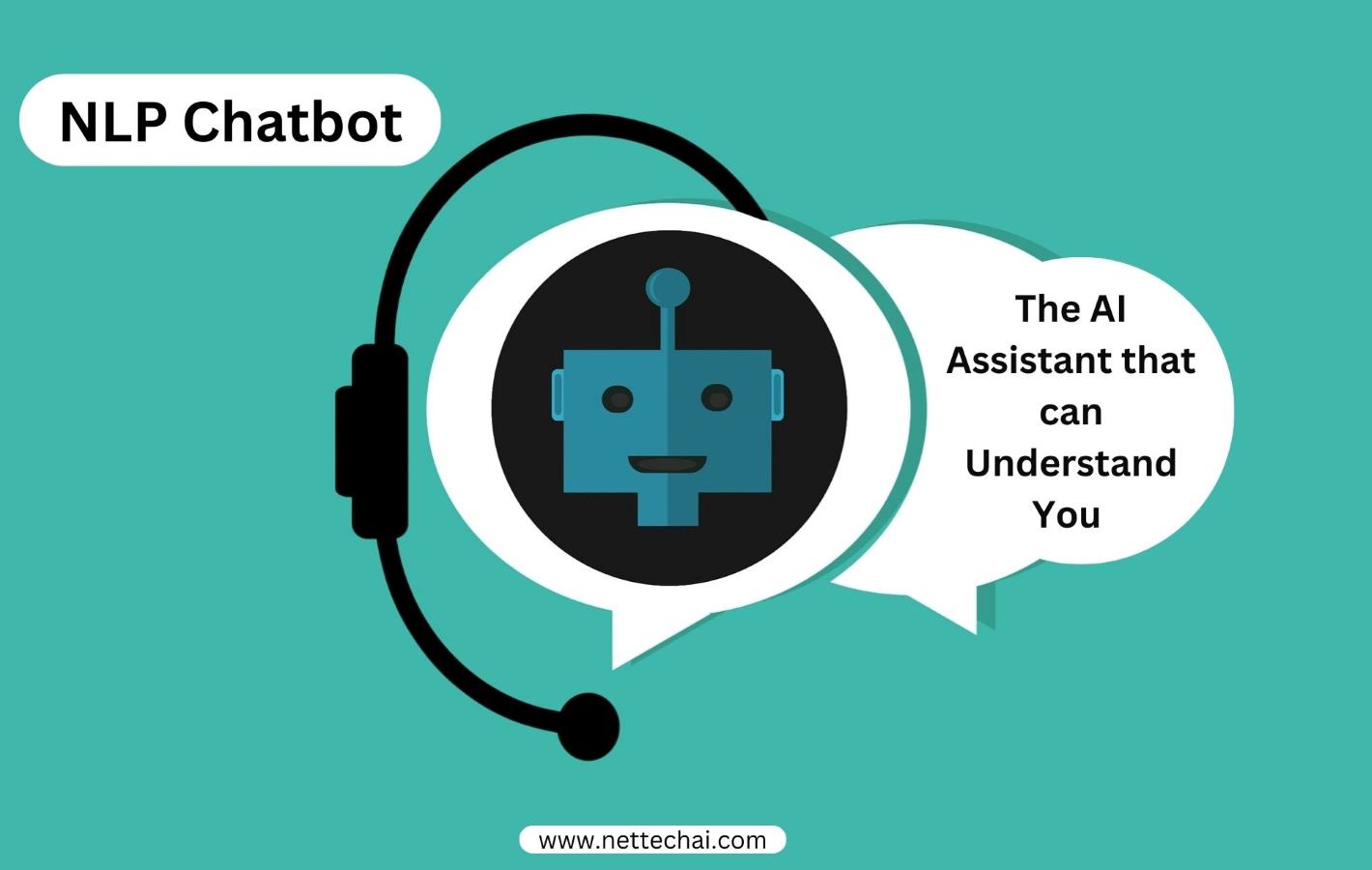Unlocking Seamless Conversations: The Power of NLP Chatbots

In today’s fast-paced digital world, the way we communicate and interact with technology is constantly evolving. Natural Language Processing chatbots have emerged as a groundbreaking technological advancement, transforming the way businesses and individuals engage with machines. This article explores the fascinating world of chatbots, delving into their applications, underlying technology, and the profound impact they have on various industries.
Understanding NLP Chatbots
NLP chatbots, short for Natural Language Processing chatbots, are computer programs designed to interact with users in a conversational and human-like manner. Unlike traditional bots that rely on predefined scripts and commands, chatbots leverage the power of artificial intelligence and machine learning to understand and respond to natural language inputs.
NLP or Natural Language Processing Chatbots
Natural Language Processing (NLP) is a facet of artificial intelligence technology with the primary objective of interpreting, recognizing, and comprehending user requests in the form of unstructured, natural language. An NLP-powered chatbot possesses the remarkable ability to grasp customer queries expressed in their own words and promptly respond with relevant information.
The synergy between NLP and other machine learning technologies has significantly enhanced chatbots’ proficiency, enabling them to independently manage a wide array of conversations without human intervention. Users can easily access information by engaging in conversations with the chatbot in their preferred language. The chatbot excels at interpreting these queries accurately and providing precise responses. It’s imperative to train the chatbot thoroughly to ensure swift comprehension and effective responses.
The chatbot engages visitors using their natural language, making it convenient for them to access information about products and services. Its round-the-clock availability contributes to brand building and plays a pivotal role in retaining customers. Visitors who experience the ease of obtaining information through chatbots are more likely to appreciate their utility, which, in turn, assists businesses in attracting and retaining new customers.
How NLP Chatbots Work
At the heart of chatbots contains the ability to process and comprehend human language. These bots follow a multi-step process to achieve this:
NLP Chatbot- Input Analysis:
When a user interacts with an chatbot, their input is initially analyzed. This involves breaking down the text or speech input into meaningful components such as words, phrases, and context.
Language Understanding:
Next, the chatbot’s NLP algorithms work to understand the user’s intent and extract key information from the input. This involves tasks like entity recognition and sentiment analysis.
Response Generation using NLP Chatbots
Once the user’s intent is determined, the chatbot generates a relevant response. This response can take the form of text, speech, or actions, depending on the bot’s design and capabilities.
Context Management:
NLP chatbots are designed to maintain context during a conversation. This enables them to provide coherent and contextually relevant responses, even in complex and multi-turn interactions.
Applications of NLP Chatbots
NLP chatbots find applications across various domains, revolutionizing the way businesses and individuals interact with technology. Some key areas where NLP chatbots are making a significant impact include:
Customer Support:
Many businesses deploy chatbots to provide 24/7 customer support. These bots can answer common queries, assist with troubleshooting, and even escalate issues to human agents when necessary.
NLP Chatbots in E-commerce:
Online retailers use chatbots to help users find products, track orders, and provide personalized product recommendations based on user preferences.
Healthcare:
NLP chatbots are increasingly used in healthcare to assist with appointment scheduling, medication reminders, and providing basic health information.
Finance:
In the financial sector, chatbots are used for tasks like checking account balances, making payments, and answering inquiries about financial products.
Education:
Educational institutions use chatbots to provide students with information about courses, schedules, and academic resources.
Entertainment:
Some chatbots are designed purely for entertainment, engaging users in fun and interactive conversations or games.
Language Translation:
NLP chatbots are used to break down language barriers by providing real-time translation services.
The Advantages of NLP Chatbots
The widespread adoption of chatbots can be attributed to several advantages they offer:
24/7 Availability:
NLP chatbots are available round the clock, ensuring that users can access assistance and information whenever they need it.
Efficiency of NLP Chatbots:
These bots can handle multiple conversations simultaneously, reducing the need for human intervention in routine tasks.
Cost-Effectiveness of NLP Chatbots:
Implementing chatbots can result in significant cost savings for businesses, as they require fewer human agents for customer support and other tasks.
Consistency:
Chatbots provide consistent responses and information, eliminating the variability that may occur with human agents.
Scalability:
As businesses grow chatbots can easily scale to handle increased customer interactions without significant overhead.
Data Insights:
NLP chatbots can collect and analyze user interactions, providing valuable insights into customer preferences and behaviors.
Challenges and Limitations
While NLP chatbots offer remarkable benefits, they also face challenges and limitations that need to be addressed:
Language Complexity:
Understanding and responding to highly nuanced and context-dependent language can be a challenge for chatbots.
Data Privacy:
Handling sensitive user data requires robust security measures to protect user privacy.
Training Data:
The performance of chatbots heavily relies on the quality and diversity of the training data used to train them.
Human Emotion and Empathy:
While chatbots can recognize sentiment, they may struggle to provide genuine emotional support in certain situations.
Technical Constraints:
Some chatbots may require a reliable internet connection, and their performance can be affected by technical issues.
The Future of NLP Chatbots
As NLP technology continues to advance, the future of chatbots looks promising. Here are some trends to watch out for:
Conversational AI:
NLP chatbots will become more conversational and capable of handling complex, natural-sounding interactions.
Multilingual Support:
Improved language models will enable chatbots to support a wider range of languages and dialects.
Integration with Other Technologies:
Chatbots will integrate with emerging technologies like augmented reality (AR) and virtual reality (VR) for immersive user experiences.
Customization:
Chatbots will become more customizable, allowing businesses to tailor their interactions to specific industries and user needs.
Ethical Considerations:
As chatbots become more prevalent, there will be an increased focus on ethical considerations, such as bias mitigation and responsible AI usage.
Conclusion
In conclusion, NLP chatbots represent a transformative force in the way we communicate with technology. They have already proven their value in various industries, enhancing efficiency, improving customer service, and providing new ways for businesses to engage with their audiences. As technology continues to evolve, chatbots will only become more sophisticated and integrated into our daily lives, reshaping the way we interact with machines and each other. With the potential to bridge language barriers, provide instant assistance, and offer personalized experiences, chatbots are poised to play a central role in the future of human-computer interaction.



